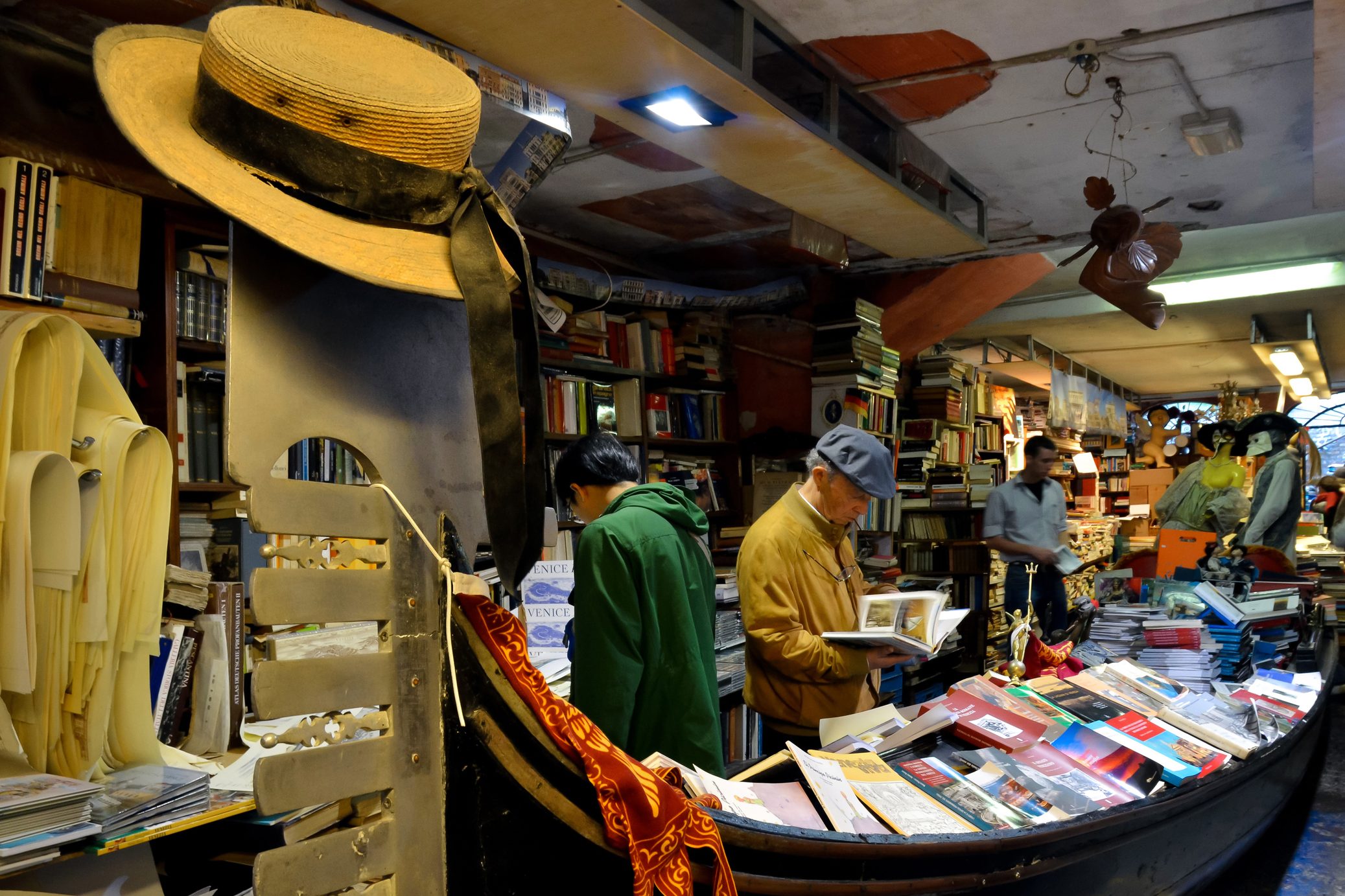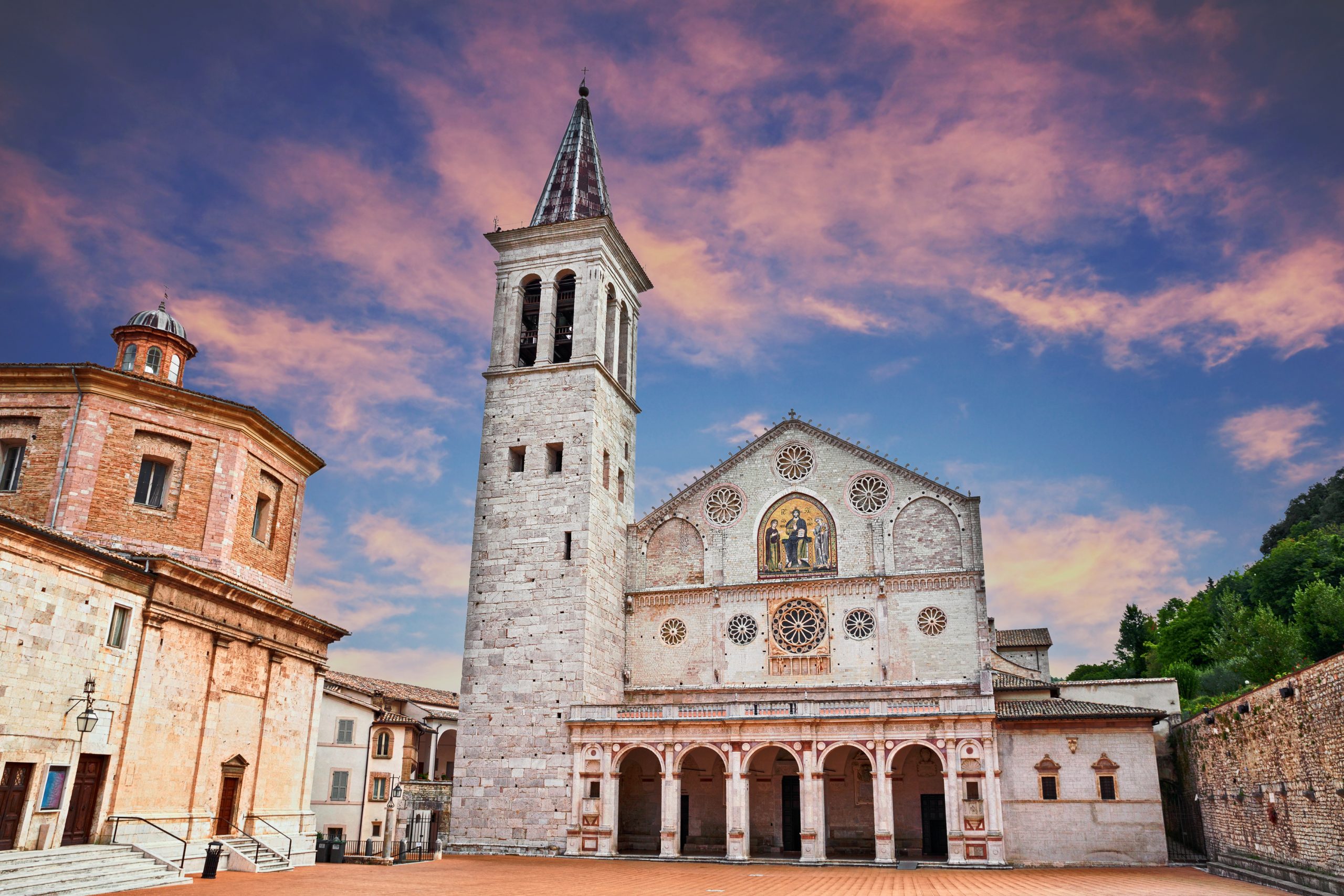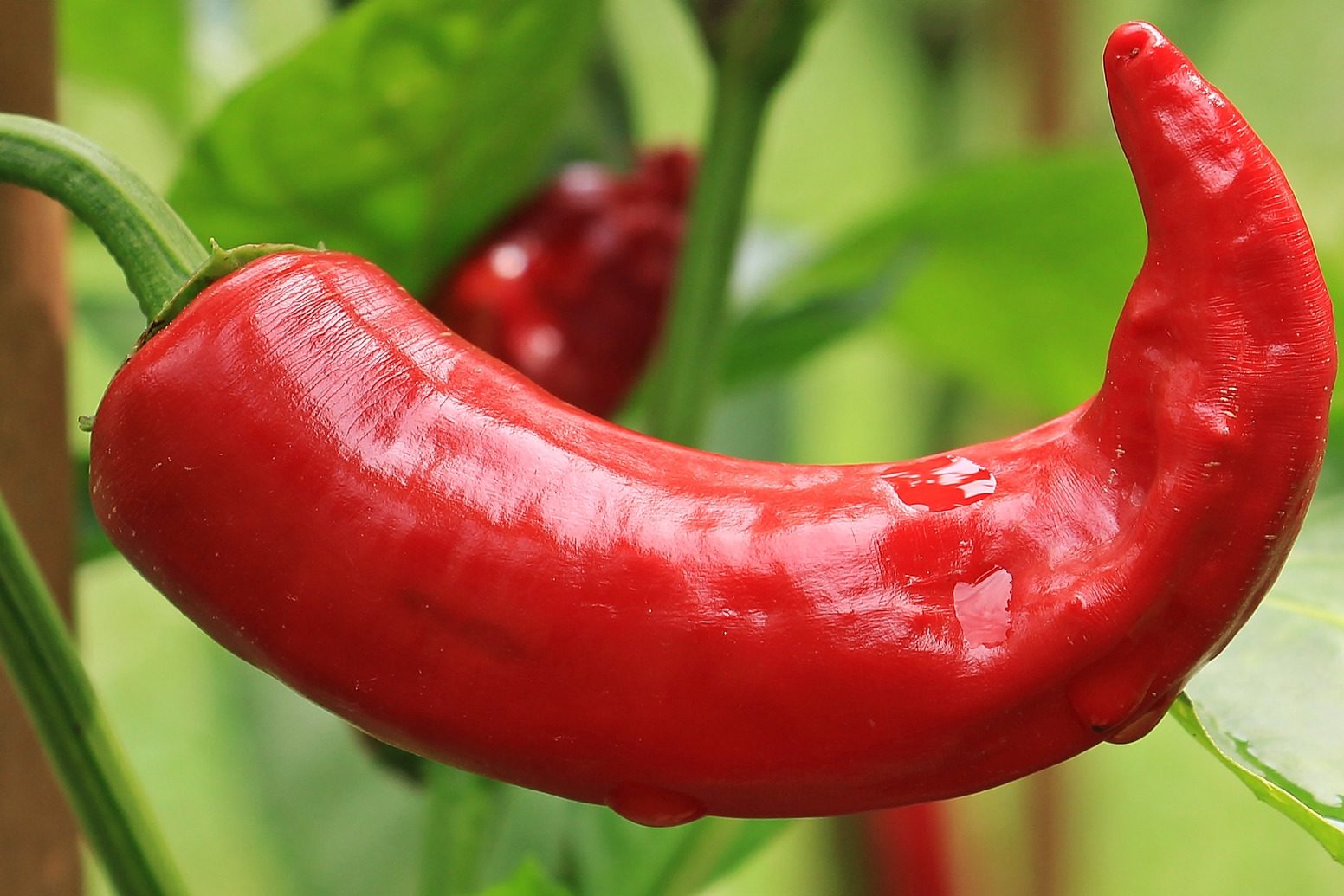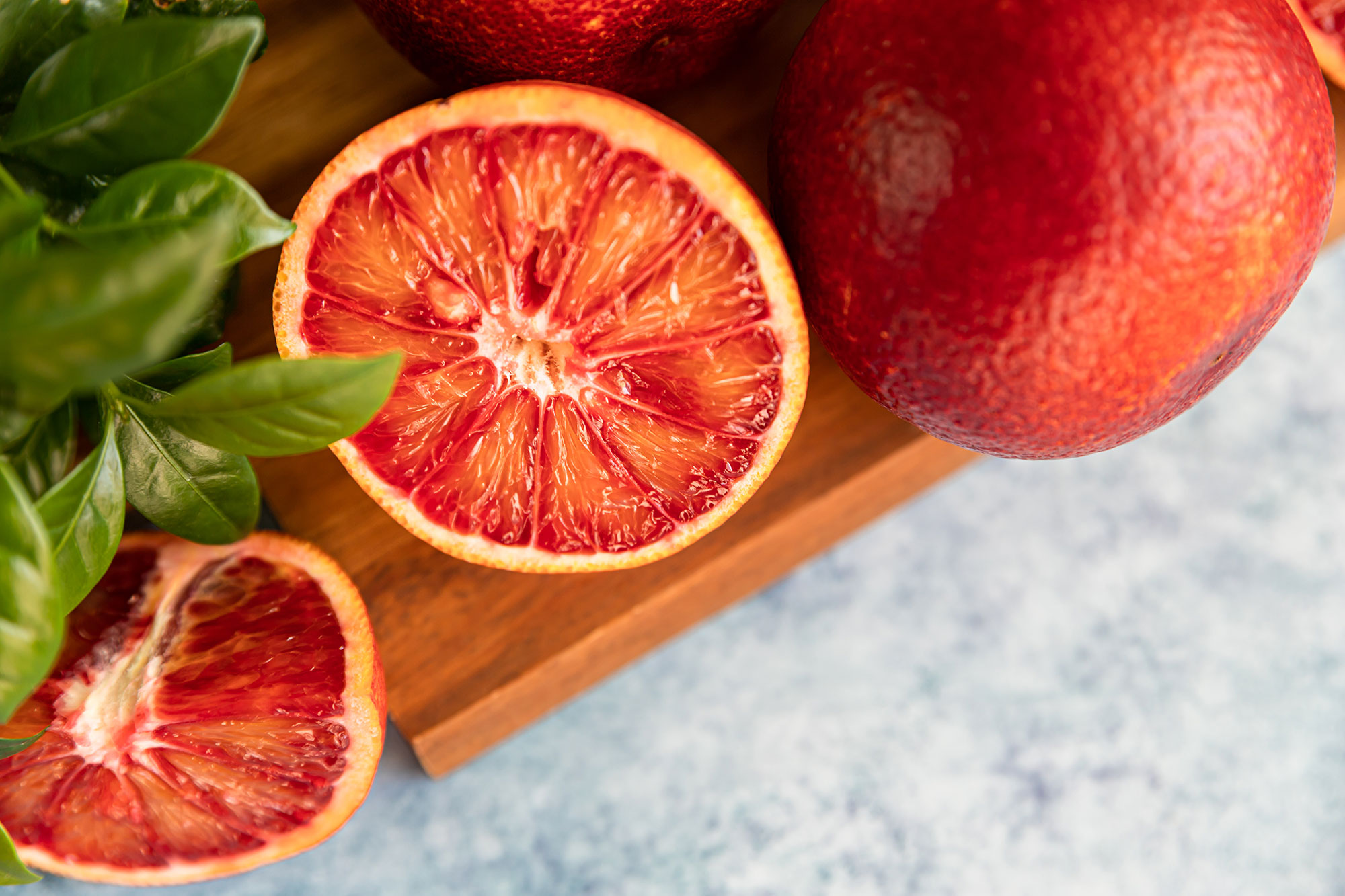Halfway between Verona and Venice sits a town that doesn’t often make it to the lest of places to visit of many tourists – which is a real pity because it has a lot to offer: arts, architecture, great food and cocktails are all within reach in the vibrant university town of Padua. Cheaper and quieter than its more famous neighbors, Padua oozes charm and its inhabitants, as most people from Veneto, are so friendly and welcoming it is easy to feel at home even after only a few hours in town.
The Basilica di Sant’Antonio, the town’s cathedral, is a beautiful and imposing church: an immense building with vaulted ceilings and gorgeous paintings, sees more than 4 million visitors a year. Also Giotto’s Cappella degli Scrovegni attracts every year millions of tourists and leaves visitors with their mouths agape with its amazing showcase of cherubs that fly against the dramatic backdrop of a very blue sky: as a matter of fact no other city or town in Italy sports so many masterpieces from the 1300s – not even big ones like Rome, Florence or Venice.
Another chapel, too, is one of Padua’s pearls: Andrea Mantegna’s Cappella Ovetari, painted by the master when he was only 17 years old, is definitely worth a visit. Those who aren’t too keen on religious architecture will like Padua’s University, Italy’s second oldest after Bologna, with its large wooden lecture rooms, and Galileo Galilei’s desk, or the beautiful Orto Botanico, Europe’s most ancient botanical garden. Prato della Valle, too, impresses visitors: this unique square features a circular river that surrounds a field with a beautiful fountain in its center – nowhere else in the world one can see such a urban design.
Padua is famous all over Italy for being the birth town of the Spritz cocktail, which in the past few years has quickly become the country’s favorite drink to order during the evening apertivo: made with white wine, or prosecco, and Aperol, this brightly colored orange cocktail features the perfect balance between bitter and sweet. Zanellato, a hidden gem in the narrow alleys of the Jewish ghetto, is a favorite spot with students and a perfect place to have a Padua-style aperitivo: order a Spritz and munch on the sublime panini prepared to order – in no time you will feel part of the regular crowd.
The culinary tradition of Padua is also a good reason to choose this beautiful town as a travel destination. Similar to that of nearby Venice, the cooking of Padua features many delectable specialties, such as salted cod slowly simmered in milk and bigoli –thick homemade spaghetti-like pasta- with duck and venison meat sauce. The Antica Trattoria dei Paccagnella is a great place to savor a traditional meal: it exclusively uses locally sourced and organic ingredients, so the menu changes with the seasons: in the fall, mushroom based and venison dishes are the most popular and beloved by locals and tourist alike.
Shopping, too, can be a culinary delight in Padua: the town is dotted with wonderful stores that sell local favorites. The Drogheria Preti sells spices in bulk, homemade canned sauces and preserves and soaps made using ancient recipes.
Accommodation options are plentiful, and range in price and type from one end of the spectrum to the other. For an understated elegant 4 star stay check out Hotel Europa, located right in the town center, with small balconies that offer beautiful views of the city. If you are looking for a more budget friendly room the Hotel M14, overlooking Prato della Valle, features minimalist design and very competitive rates that start as low as 24 euros per person, and include free Wi-Fi.
Padua is located about 200 miles east of Milan and 30 miles west of Venice: it can be reached by car by taking the Padova exit off A4 Milano – Venezia highway or by fast Frecciabianca train from both cities. The closest airports are Marco Polo in Venice and Villafranca in Verona.
































